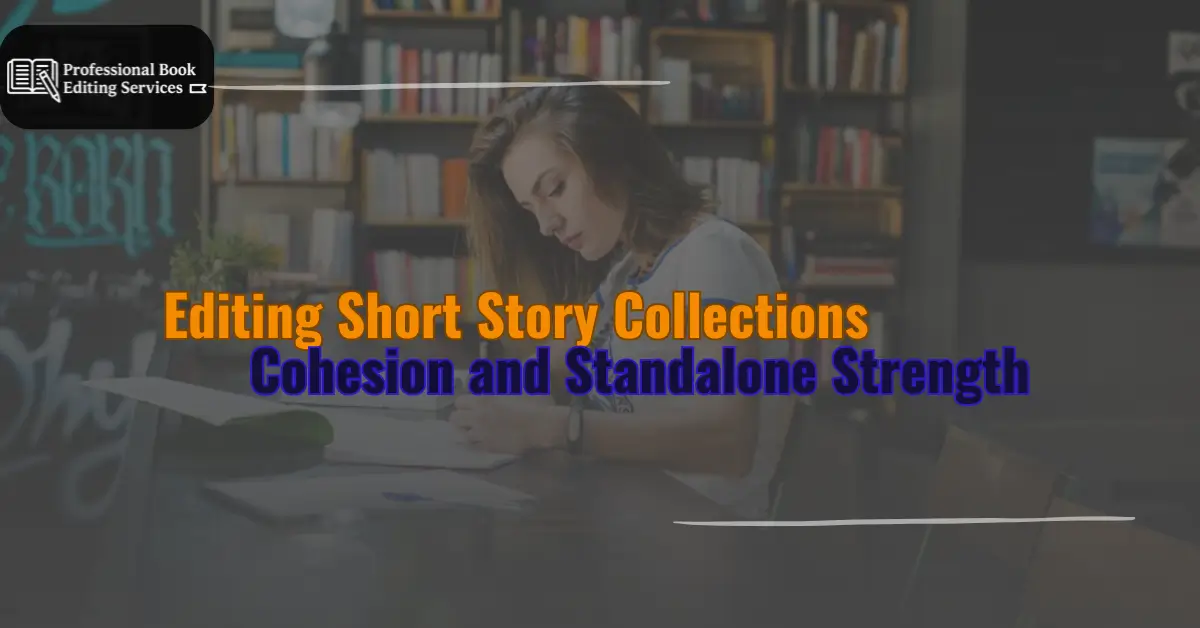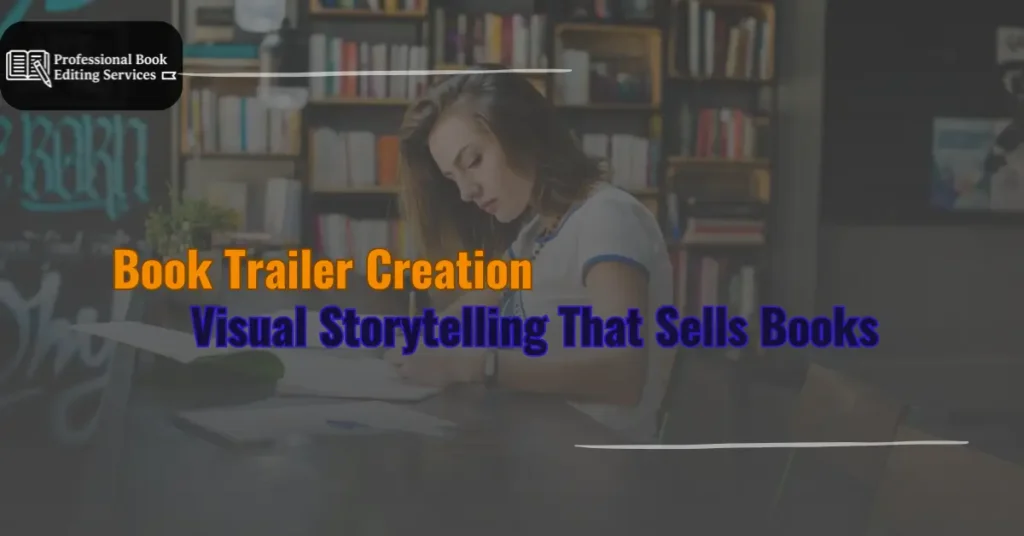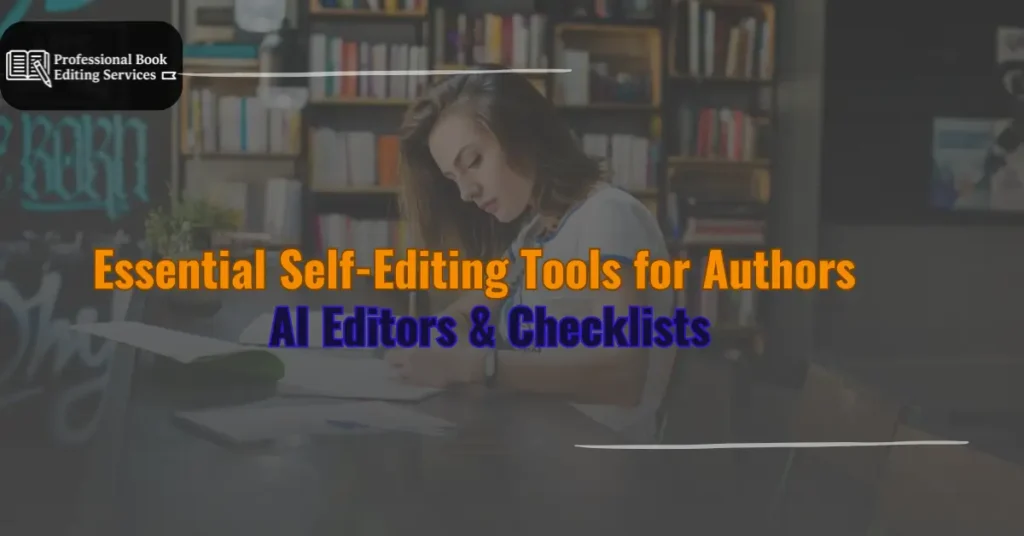A short story collection is more than a group of separate tales. It’s a curated experience. Every story brings something distinct, but together they form a larger impression, a shared theme, a rhythmic flow, a conversation between characters and ideas. Making this work requires more than strong writing. It requires strong editing.
Short story editing plays a central role in shaping how each piece stands on its own and how it contributes to the full collection. Editors help ensure that stories aren’t just individually compelling but also thematically or emotionally cohesive. They assist in refining structure, maintaining character clarity, and arranging the stories in a meaningful sequence.
While writing short stories demands focus and precision, editing a full collection calls for a dual perspective: zooming in to strengthen the details and zooming out to build unity. Here’s what you need to know about short story editing and how it makes an impact in those short reading sessions.
Understanding the Dual Role of the Editor
Editing a collection means doing two jobs at once. First, the editor ensures that each story is polished, well-paced, emotionally resonant, and internally consistent. Second, they assess how the stories work together. This includes tone, theme, length, transitions, and even the emotional weight of endings.
In short story editing, editors often begin by reviewing all stories individually. They provide notes on dialogue, pacing, conflict, and resolution. Does the story start at the right moment? Does the ending feel earned? Are the characters clearly defined, and do they grow, or deliberately resist growth?
Then comes the broader task: examining how each story fits within the larger arc of the collection. Editors consider questions like:
- Do the stories repeat similar beats or ideas too often?
- Are there tonal clashes that disrupt the flow?
- Does the order of stories build momentum or stall it?
These decisions shape how readers experience the collection as a whole.
Curating the Order of Stories
The sequencing of stories affects mood, clarity, and reader engagement. Editors guide authors in selecting the right opener, usually a story with emotional strength or clear themes, and placing subsequent stories in a way that sustains interest.
Stories with heavy content may benefit from being spaced apart. Shorter or experimental stories can serve as breathing room between longer narratives. The final story often serves as a thematic or emotional capstone, so editors help identify which piece carries the right weight to close.
This curatorial process has some overlap with memoir editing, where scenes must be arranged for maximum narrative effect. But in short story collections, the challenge is multiplied. Each story must flow naturally into the next without losing its own integrity.
Strengthening Each Story Individually
Even as editors look at the big picture, they never lose focus on the individual stories. Each piece must stand alone, able to be read in isolation without confusion or missing context.
This means refining character development, adjusting pacing, and making sure each story has a clear arc. Editors help tighten introductions, strengthen conflict, and resolve ambiguity. They also make sure style and tone match the content.
Writers with experience in thriller editing or YA book editing often bring strong structural instincts to short stories. Editors enhance this by helping reduce unnecessary exposition, clarify emotional stakes, and streamline transitions between scenes.
Ensuring Thematic Cohesion
Not all collections are linked by plot or setting. Many are connected by mood, motif, or subject matter. Editors identify the underlying themes and ensure they are present without being repetitive.
This could mean balancing lighter and heavier pieces, ensuring variation in character types or outcomes, or suggesting cuts to stories that don’t contribute to the larger message.
This thematic focus mirrors techniques used in poetry editing, where flow and emotional consistency across a collection are critical. It’s less about what each story says and more about how it contributes to the conversation the book is having with the reader.
Addressing Character and Style Consistency
In collections where characters reappear or timelines overlap, short story editing includes continuity checks. Editors flag inconsistencies in behavior, backstory, or tone across stories. They ensure timelines align and relationships evolve in a way that makes sense.
Even when stories are unrelated, editors help authors maintain a consistent narrative style, unless intentional variation serves the structure. Shifts in point of view, tense, or genre can be jarring if not clearly motivated.
This type of editing draws on experience from other categories like historical fiction editing, where detail and consistency build immersion. The same care applies in short stories, even in a modern or minimalist setting.
Helping the Author Stay Focused
Many collections are built over time. Writers may accumulate stories across years, each reflecting a different voice or phase. Editors help authors step back and assess whether these stories still belong together.
They may suggest retiring certain pieces, revising others to align with the current theme, or writing a new story to fill a gap.
Some of this developmental guidance mirrors early feedback from beta readers and editors, but professional editors go deeper. They don’t just react, they diagnose and direct. They help authors understand how their collection reads, not just as separate stories, but as a cohesive whole.
Using Tools Without Losing Control
Many writers turn to self-editing tools before sharing their work with an editor. These tools can catch surface-level issues like repeated words or inconsistent spelling. They can help polish grammar and remove filler.
But tools can’t assess the shape of a story, the emotional pacing, or the effectiveness of a scene. They can’t judge how one story complements another. They don’t know what your collection is trying to say, or whether it says it well.
That’s why human editing matters, especially in short story collections, where structure and cohesion carry the emotional thread across dozens of pages and voices.
Genre-Specific Considerations
Short story collections span every genre. Some include speculative tales, personal essays, or hybrid narratives. Editors with cross-genre experience are especially useful here.
For instance, if a collection includes fantasy pieces, the editor applies techniques from fantasy book editing to ensure internal logic and believable magic systems. If a few stories are set in futuristic worlds, insights from science fiction editing support consistency and clarity.
Collections that blend love stories or romantic themes can benefit from the lens used in romance novel editing, ensuring emotional arcs land well. If stories focus on personal growth, trauma, or advice, strategies from self-help book editing and non-fiction editingf help refine tone and structure.
This genre versatility helps collections feel both expansive and unified.
Conclusion
Short story editing is about more than just cleaning up the grammar in each piece. It’s a full-spectrum process that strengthens every layer of the work, from the pacing and structure of each story to the emotional and thematic ties that connect them all.
The editor’s job is to make sure readers don’t feel like they’re reading a pile of drafts. Instead, they experience a thoughtfully crafted collection, where each story offers something new while contributing to something greater.
Just like in YA fantasy editing, children’s book editing, or non‑fiction editing, the goal is the same: shape the work so it says what it needs to, clearly, consistently, and powerfully.





